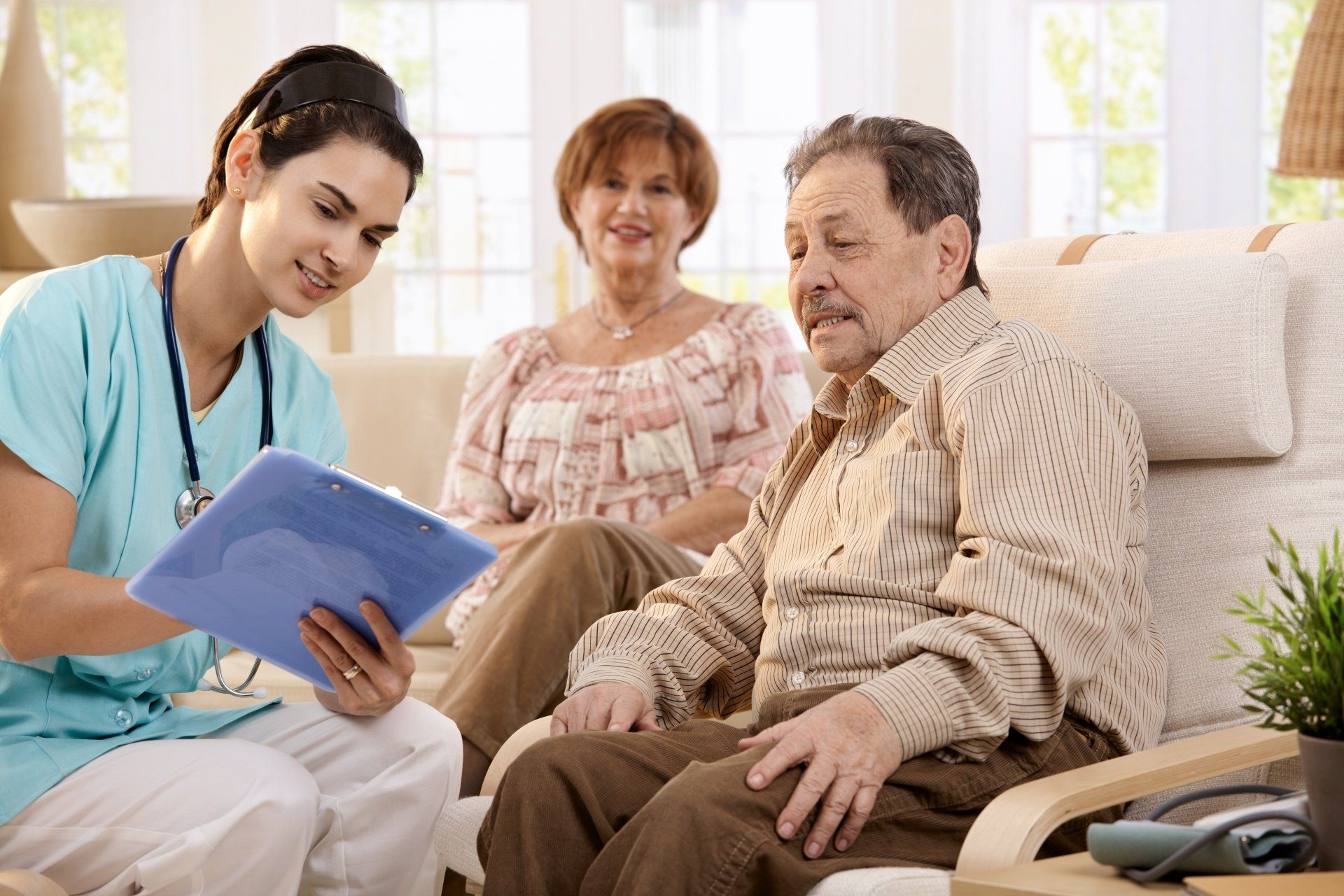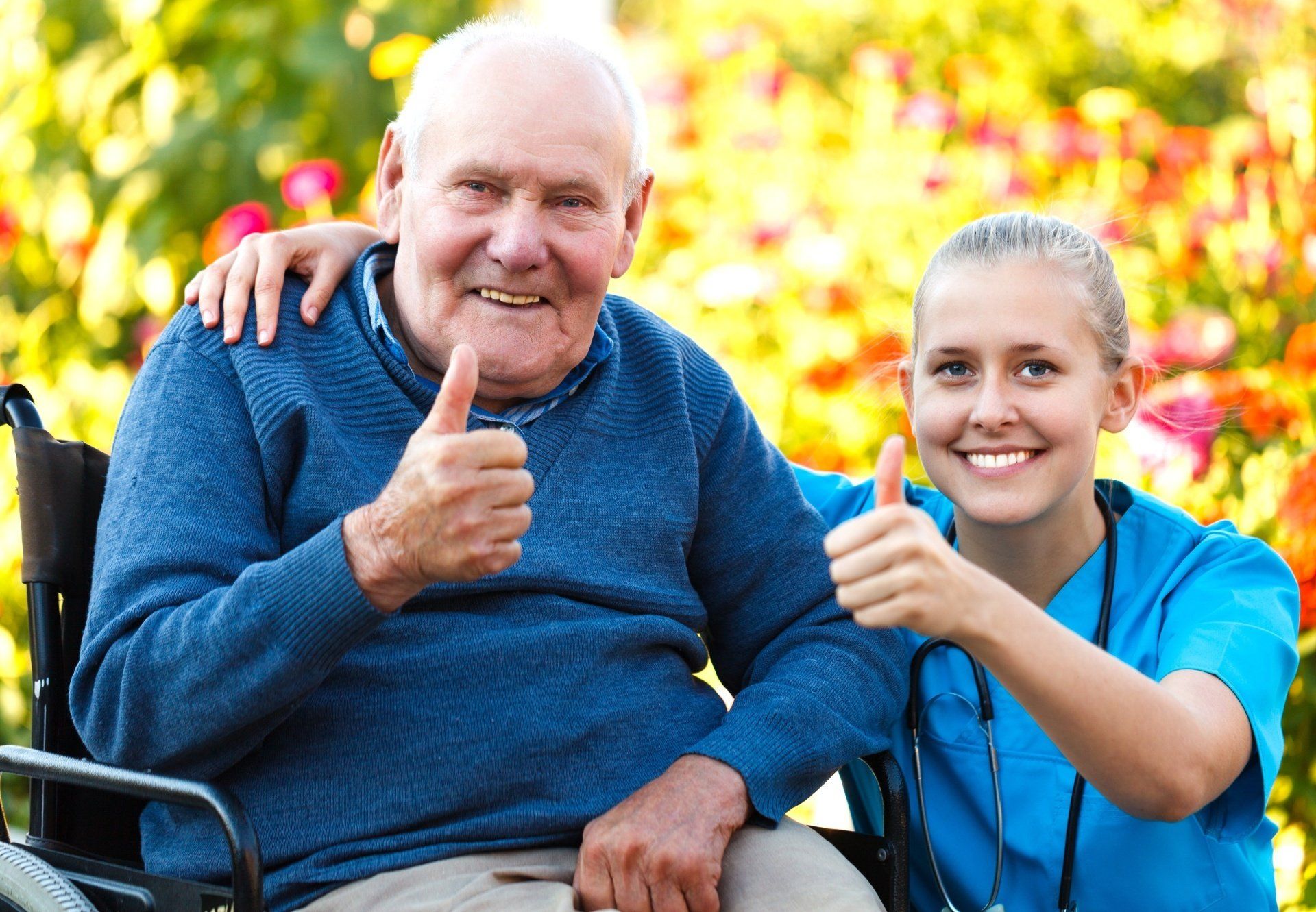Remote Patient Management
Technology-enabled care is rapidly being integrated into the traditional healthcare system improving access to care with improved patient satisfaction at significantly lower cost.
Remote Patient Management (RPM) - Technology-Enabled healthcare from post-acute, rehab, nursing care, chronic disease care to elderly home care offers innovation to dramatically change the traditional care paradigm.
RPM is a transformative technology that improves post-acute, chronic, and elderly care management while reducing net spending, improving outcomes and reducing hospital readmissions.
TeleMed Global, through its in-depth knowledge and experience with a wide range of virtual care systems from sophisticated Telehealth to RPM along with our partnership with the leading telehealth vendors, offers the optimum solution for your virtual care initiative.
Most older adults are challenged by chronic and acute illnesses and/or injuries. Eight out of ten older Americans are living with the health challenges of one or more chronic diseases. In addition, falls are the most common cause of nonfatal injuries and of hospital admissions for trauma among older adults. Remote patient monitoring (RPM) technologies have been shown to be effective in helping to manage chronic disease,
post-acute care, and monitoring the safety of the older adult population. RPM technologies can help older adults slow progression of chronic diseases and ensure continued recovery after being discharged from an acute care setting. RPM technologies can also alert caregivers and prompt intervention when a vulnerable older adult is injured or in harm’s way. Several remote patient monitoring technology-enabled innovations can improve the health and independence of older adults. RPM offers Chronic Disease Management, Post-Acute Care Management, and Patient Safety.
Care Coordination and eCare
TeleMed Global, through its Home Care Agency (COBALT Homecare), supports care providers, hospitals, clinics, and wellness centers by providing care coordination for patients transitioning to long-term and post-acute care (LTPAC settings). Most nursing homes, home health, and rehab facilities are equipped or could be provided with HIT capacity to capture and transmit standardized assessments for payment and clinical quality monitoring and reporting.
Our technology-enabled care coordination, designed to suit specific settings for optimum care, provides measurable benefits:
• Improved quality of care and safety during transition
• Reduction in duplication of services
• Reduction in 30-day readmission
• Reduction in RE visits
• Reduction in healthcare costs with improved outcomes
Our Post-Acute Care (PAC) technology services provide optimum monitoring and communications services to designated facilities for appropriate intervention and episodes management. Our coordinated PAC support for ongoing medical management, therapeutic, rehabilitative, skilled nursing or home health care. PAC patients, along with our professional coordination and coupled with technology-enabled monitoring, experience rapid and lasting clinical improvements compared to patients discharged to their homes without proper follow up and ongoing monitoring.
The healthcare delivery landscape is changing for home health and hospice. Acceptance of well monitored homecare is dramatically expanding. Many older adults are better educated and more comfortable with the use of the technology. Plus surges in the number of older adults, especially with chronic conditions and longer lifecycles are significantly burdening the healthcare load. Most elderly prefer to remain independent in the comfort and privacy of their homes. At the same time, the healthcare industry is facing a critical shortage of clinical resources to care for our aging population. All these factors have accelerated the adoption of technology applications and re-engineering of the healthcare delivery process improving access and efficiency of care.
Home and hospice telehealth technology advances have significantly expanded remote care management possibilities. In addition to remote monitoring of vital signs, TeleMed Global services include diverse applications for hospice (palliative care), rehabilitation, case and chronic disease management, virtual house calls, post-surgical follow-up, and more.
TeleMed Global can design and implement suitable home telehealth, interactive home telehealth, telemonitoring, self-monitoring, or a combination of optimum telehealth solutions.





